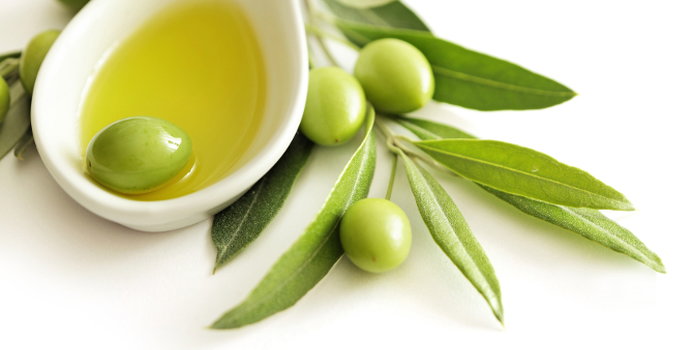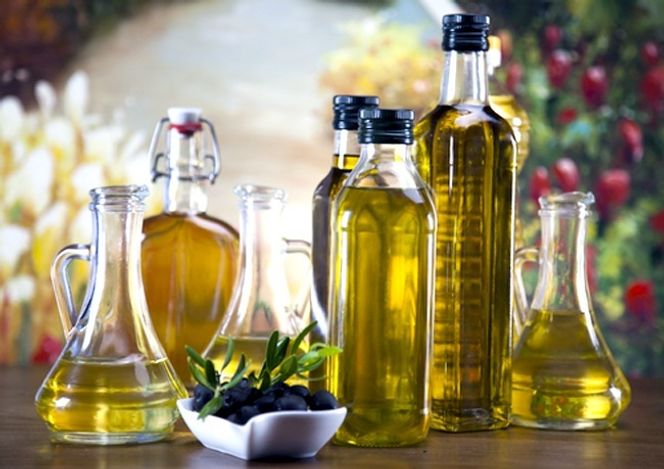As it has already been stated above, olive oil is extracted, through a number of different methods to produce olive oil. The region in which olive are grown makes a huge difference to the colour and quality of the final product. This difference could even vary between district to district. Apart from this, the ripeness level of the olive oil also causes fluctuations in the colour of the final olive oil produced. For example, if the olive oil is super ripe, then the result will be a deep golden colour and if the fruit happens to be not so ripe or less ripe, then the chances of the end product having a greenish tinge to it is always there. Of course this also depends on the extraction process.
Let us take olive pomace oil for example. Olive pomace olive oil happens to be light to clear yellow to look at.

Uses
More often than not, olive oil, in its purest form is usually used more in the culinary world than anywhere else. An example of this is using pure olive oil in helping preserve canned foods like fish. Some other examples of where olive oil is used are in the manufacturing of cosmetics and even in pharmaceutical industry. Olive oil is also used in the textile industry as a method to combine wool.
Manufacturing
A majority of the olive oils available in the market like refined pomace olive oil, are produced by the countries that overlook the Mediterranean Sea like Spain, Italy, Greece, Turkey, Morocco and the likes. However, other than these countries, some of the olive oils are also produced in Australia, South America and even California.
The Olive fruits
It might come as a surprise to you if we told you that a ripened olive fruit, upon the removal of its seed or pit, consists of upto 30% of oil in it. Again, this depends on the climate of the region and the attention it is given when it is being cultivated. When the ripe olives are given their first pressing, without meting out any other treatment to them, the oil thus produced is known as virgin olive oil. However, it is important to make sure that such an oil is taken out only from the best of the fruits as only then would it be fit for consumption without giving it any other treatment further.

Extraction
The extraction process is a tricky one as there are a different variety of olive presses available. From the simple conical crushing apparatus to more mechanical and machine operated ones. However, the one thing that needs to be kept in mind when it comes to the extraction process, is that the oil needs to be extracted from the fruit as fast as possible. This helps prevent the formation of any free fatty acids. A second press is also done to ensure all the oil from the olives has been extracted properly. It usually considered that the first pressed olive oil is of the best quality and the quality and the nutrient value continues to decrease as more presses are done.
Types
There are essentially 4 types of olive oil:
Virgin olive oil
Pure olive oil
Refined oil











